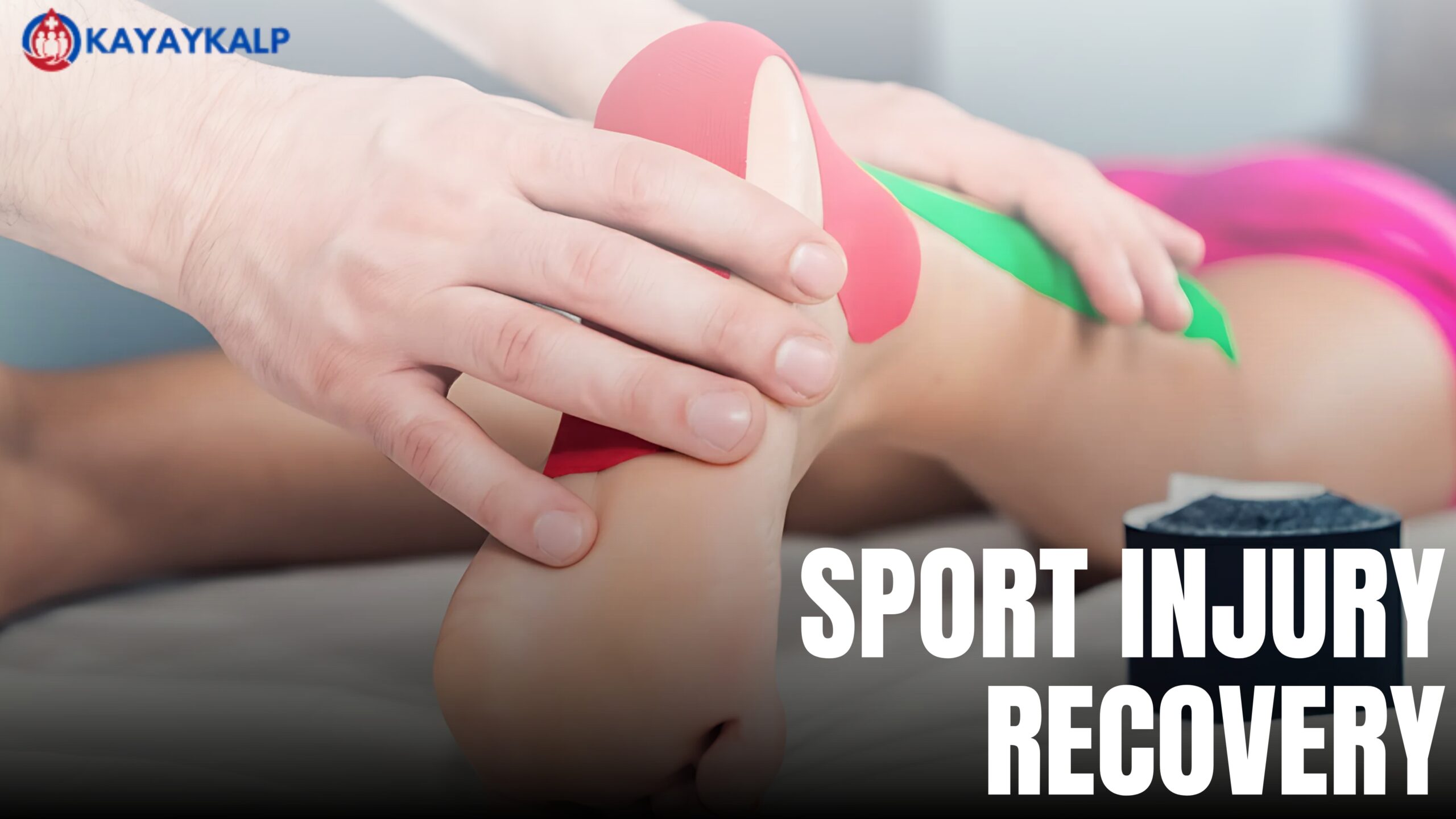Sports are full of energy, passion, and excitement. Every athlete, whether professional or beginner, knows the thrill of pushing their body to the limit. But along with this thrill comes the risk of injuries. A small twist, a wrong landing, or overtraining can lead to pain and slow you down. This is where Sports Injury Recovery becomes very important. For sports people, physiotherapy is not just about recovery—it’s about getting back in action quickly, safely, and stronger than before.
Why Injuries Happen in Sports
There are the occasional injuries that come with sports wear and tear, because something has to give under this kind of pressure all the time. Whether with running, jumping, sliding, lifting or tackling — all can strain muscles and joints and bones. The body gets tired sometimes, and at other times accidents happen. There are a million ways that athletes injure themselves: sprains, muscle tears, twisted knees, sore backs and shoulders. Rest is good, but rest alone is insufficient. Without adequate treatment, injuries can take longer to heal or may even come back.
Physiotherapy and Its Use in Sports
Physiotherapy is akin to having a personal trainer for your body’s recovery. It emphasizes the relief of pain, increased movement and facilitates the body’s natural response to healing. For athletes, it’s not so much a matter of repairing damaged tissue — more like helping to get them back on the field more quickly with less chance of damage in the future.
Special exercises, manual techniques, and modern machines are employed by physiotherapists to accelerate recovery. Even better they know how athletes move, train and perform. This is what sets their treatment apart from regular medical care.
How Physiotherapy Aids in Quick Recovery
Whenever an athlete gets hurt, the first question is always, “When can I play again?” And physiotherapy has the answer for this to, giving the body that nudge it needs in order to heal more quickly. Here is how it works, in three easy steps:
Reducing Pain and Swelling
The most important aspects to address immediately after an injury are pain and swelling. Physiotherapy employs techniques including ice therapy, heat therapy, ultrasound and a gentle massage to settle the area. That makes the injury less painful and helps the body begin to heal.
Restoring Movement
Injuries can affect how you move, and the pain or discomfort from your injury might make it hard to move normally. For instance, a sprained ankle might feel tight; or a knee injured in the past may not bend well. Physiotherapy adds in stretching and mobility exercises to return smooth motion, so athletes can chase and dive without holding back.
Strengthening Muscles
When one part of the body is injured, that means you have to work other parts harder. This can lead to problems down the road. By developing strength around the affected area, physiotherapy will also stabilise it so that the injury is less likely to recur.
Improving Balance and Coordination
Balance and reflexes are crucial to sportsmen. Injured? Physiotherapy uses specially-designed exercises to retrain balance and coordination, so athletes can get back into the game with confidence.
Mental Confidence
Injuries inflict an assault not only on the body but also on the mind. A lot of athletes are afraid to get injured again. Physiotherapy helps patients to learn to trust their body again by demonstrating safe, incremental progress. This mind’s lift is as valuable as the body’s.
Popular sports injuries for which physiotherapy is beneficial
Sports Injuries can occur in virtually any sport: including football, cricket, basketball, and / or tennis – but also running putting weights or even at the gym or while exercising. Some of the most frequent are as follows, Physiotherapy helps in treating:
• Sprains and Strains: When ligaments or muscles are overstretched.
• Knee Injuries: Such as ACL tears or runner’s knee.
• Shoulder Injuries: Sports such as swimming or throwing games are commonplace causes.
• Back Pain: Usually caused by overtraining or bad form.
• Fracture Rehabilitation: Recovering strength in bones and muscles, post-break.
Each injury is a case-by-case situation, but the mission is the same: quick, safe and strong recovery.
Preventing Injuries with Physiotherapy
Rehab is not the only purpose of physiotherapy. It’s also about a preoccupation of sports people. (Regular physiotherapy can help to locate the weak enemy and kill it before it becomes an injury.) Fixing form, strengthening your core muscles or changing your running style could spare athletes future pain.
This, in turn, makes physiotherapy an integral part of their training and practice sessions — akin to warm-ups.
Reasons Why An Athlete Should Not Avoid Physiotherapy
A lot of athletes attempt to self-direct treatment of injuries with painkillers or by resting. But this is risky. Small nicks can become bigger problems, and even end a career. Physiotherapy is a gentle, non-invasive, effective approach to healing. And it serves to rebuild the body even stronger than before, allowing athletes an opportunity to enhance performance and return from injury.
The Future of Sports and Physiotherapy
Physiotherapy has now taken a deserved place in all levels of the sports. From street players to international champions physiotherapists are what make certain that their body is trained and in the ideal shape. These days, the treatments are quicker and more efficient thanks to technology.
Physiotherapy is no longer a luxury—it is a necessity for sports persons. It allows them to stay on the field, it extends their careers and enables them to play at a high level.
Final Thoughts
There’s passion, power and performance in our sports. Injuries can slow athletes, but they don’t have to stop them. Sports physio helps athletes recover more quickly, prevent future injury and return to play at their best. It’s so much more than treatment; it’s a road to recovery, strength and victory.
For every athlete, the true test of success isn’t necessarily winning the game, but rather having the ability to continue playing it. And physiotherapy see to it that they do.


Leave a Reply